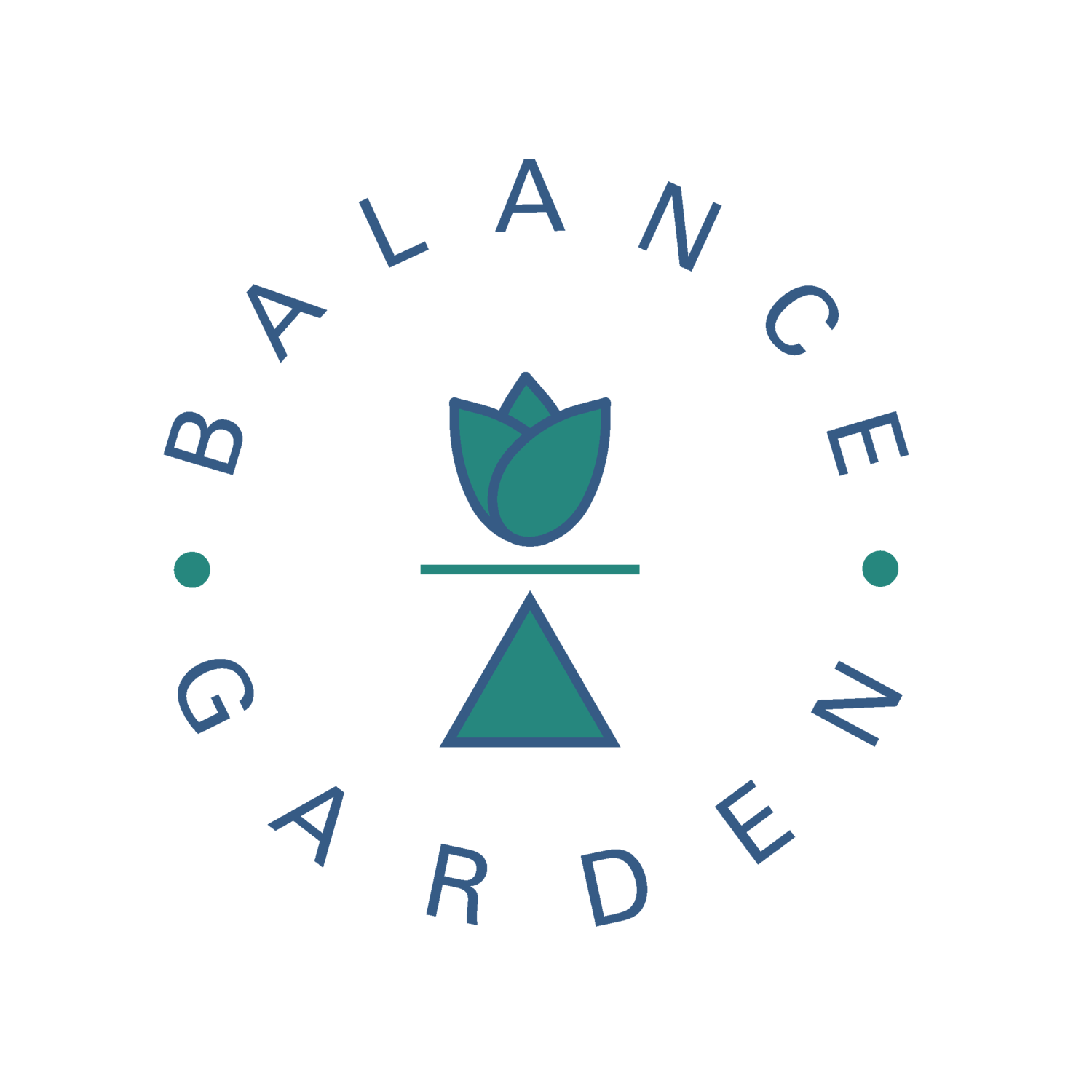Mudra of the Month - Vishnu Mudra
/Mudras have been used in the Eastern world for thousands of years. Their purpose is to channel and redirect energy within the body to achieve optimal health and vitality. The word mudra translates as "seal", it is used to describe a physical gesture made with the body or hands.
In yoga philosophy it is said that we have 72,000 subtle energy pathways (nadis) moving through our bodies. Many of these end in our hands and fingertips which is why hand mudras are so amazing.
When we hold our hands into a specific position with awareness we are creating a seal of energy between 2 or more of the nadis. We begin to develop a new circuit of energy in our subtle energy bodies. Each finger and thumb is said to hold a certain element quality and we can encourage energy to flow to or from certain areas of our being simply by changing the position of our hands.
Ancient holy people dedicated their lives to exploring mudras and now we are able to pick and choose a particular one to suit our needs. Some focus on the physical world, helping to ground and nourish our bodies. Some encourage us to open our minds to subtle and spiritual experiences. There are so many to discover!
This month I would like to introduce Vishnu Mudra, also known as "Universal Balance Gesture". In Indian mythology Vishnu is the protector of the world. He is a Hindu deity whose role is to protect humans and to keep the Universe in balance.
This mudra activates the energies of the first three chakras - The Muladhara (root - for grounding and stability.) Svadisthana (Sacral- for enjoyment and relationships.) and Manipura (Solar Plexus- for personal power and inner fire.)
To practice Vishnu mudra come into a comfortable seated position. Raise the right hand with the elbow bent. Always practice with your right hand, even if you are left handed. now curl the forefinger and middle finger in towards the palm of the hand. Allow your thumb, ring and little finger to extend.
Your thumb symbolises the element of fire and is linked to Manipura Chakra. Your ring finger's element is earth, linked to Muladhara and your little finger is water, linked to Svadisthana. By extending these digits you are encouraging the flow of energy to the corresponding elements within you. The other fingers bow down to allow space for these to expand and flourish.
Vishnu Mudra is normally used during pranayama (breathing practice) specifically, Nadi Shodana (alternate nostril breathing.) This breathing technique can transform the way you feel within minutes. I have found it helpful with dizziness, anxiety and an overactive mind. Nadi Shodana is considered by some to be one of the most beneficial Yoga practices you can do!
The benefits include:
- Detoxifying the body
- Reducing stress and anxiety
- Calming the nervous system
- Balancing hormones
- Supporting respiratory channels
- Encouraging mental clarity and focus
- Infusing the body with oxygen
- Bringing balance to right and left hemispheres of the brain.
As with most pranayama practices it is best to practice Nadi Shodana on an empty stomach. Early morning before breakfast is perfect. In your seated position allow your spine to lengthen and gently close your eyes. Begin by taking a few rounds of deep breaths in and out through both nostrils together. At this stage ensure that your nasal passages are clear.
Now raise your right hand in Vishnu Mudra up to your face. The thumb will close your right nostril by applying gentle pressure which will allow you to breath through your left nostril only. Your ring and little finger will close the left nostril, allowing breath to move through your right nostril.
To begin breathe in through both nostrils, then close your right nostril with the thumb and breath out of the left nostril for a count of four . Keeping the right nostril closed breathe in deeply through the left side for a count of four. Next use the ring and little finger to close the left side as you simultaneously exhale through the right. Then breath in through the right and repeat the cycle again.
Nadi Shodana can be extremely rewarding, even when practiced for only 5 minutes a day. It would be best to buuild up the length of your practice to just a few rounds, to eventually up to 15-20 minutes. The breath should be smooth and full, you should feel relaxed. If your breath becoems laboured then take a break and breath deeply through both nostrils.
I have felt the benefits of this breathing technique when practiced regularly. I would say it is in my top 3 most transformative Yoga practices. Nadi Shodana is said to be safe to practice during pregnancy if you keep the breath flowing and do not hold it in or out for any duration.
I hope you enjoy exploring this powerful breathing technique using Vishnu Mudra and that the wonderful effects bring you balance, strength and peace.
Katie has been exploring the world of yoga and meditation for many years, which has helped her to navigate through life’s emotional landscapes & learn more about the human condition. She hopes to help others do the same. Her Yoga Nidra classes are welcoming & empowering; they aim to hold space for self-exploration, rejuvenation and cultivating inner peace. You can follow Katie on Instagram.








































